How Can Reselling SEO Grow Your Business? A Smart Move for Digital Agencies
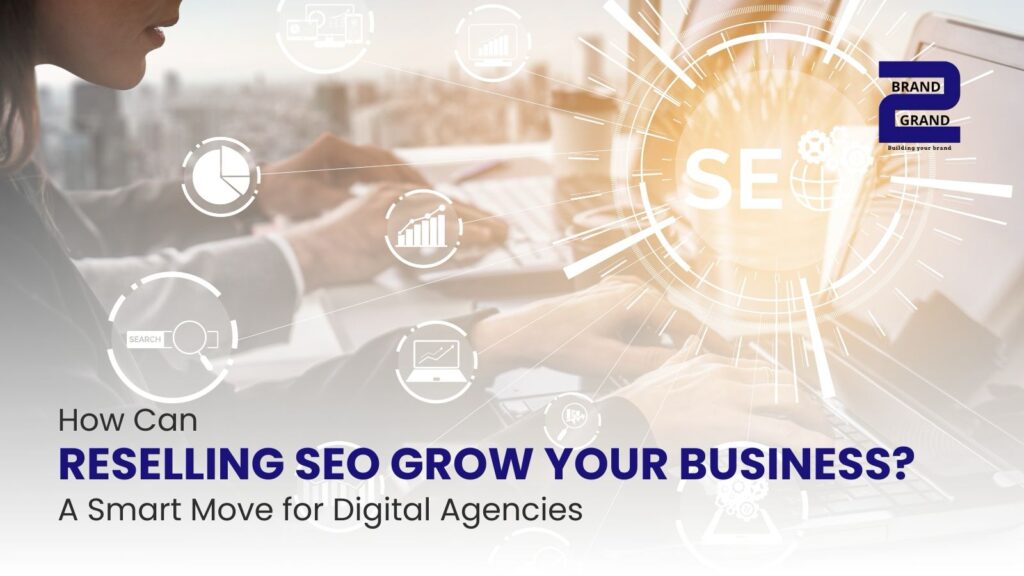
In today’s digital-first landscape, businesses need more than just a website—they need visibility, reach, and results. That’s where SEO comes in. For digital agencies, freelancers, and web development firms, offering SEO services is a golden opportunity to expand, without hiring a full in-house team. At Brand2Grand, we are recognized as the Best SEO Company in […]
Boost Your Online Visibility: SEO & Social Strategies by Brand2Grand

In today’s digital-first world, online visibility is no longer optional—it’s essential. Whether you’re a startup, a growing brand, or an established business, your online presence directly impacts your success. That’s where Brand2Grand, the best SEO company in Gurgaon, steps in with powerful SEO and social media strategies that take your brand from unseen to unforgettable. […]
The Power of Organic SEO: Why It’s Essential for Long-Term Success
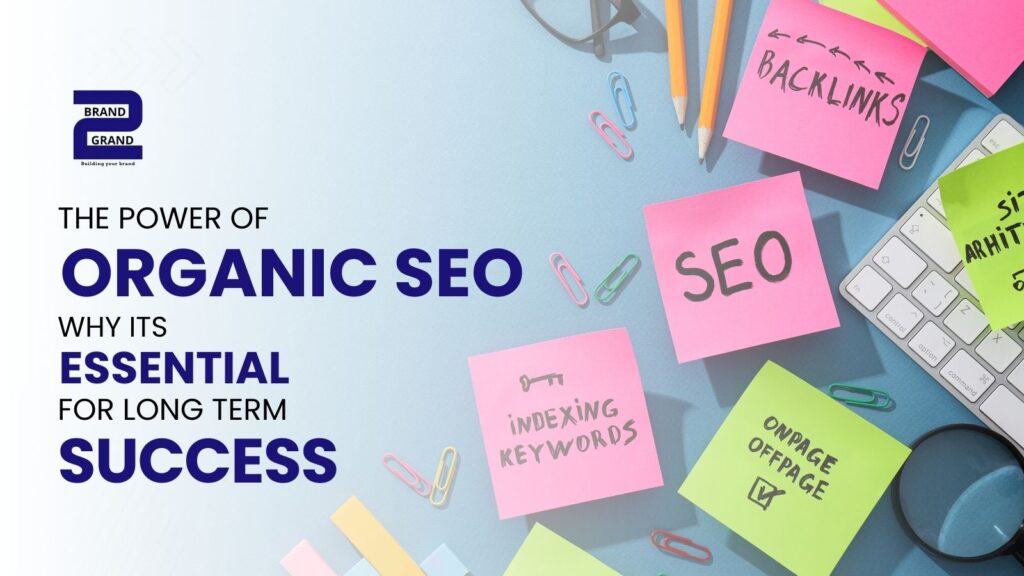
In today’s digital world, getting your website noticed is more challenging than ever. With millions of websites competing for attention, how do you ensure your business stands out? The answer lies in Organic SEO—the foundation of sustainable online success. Unlike paid advertising, which delivers temporary results, organic SEO focuses on long-term growth by improving your […]
Top SEO Strategies for Small Businesses
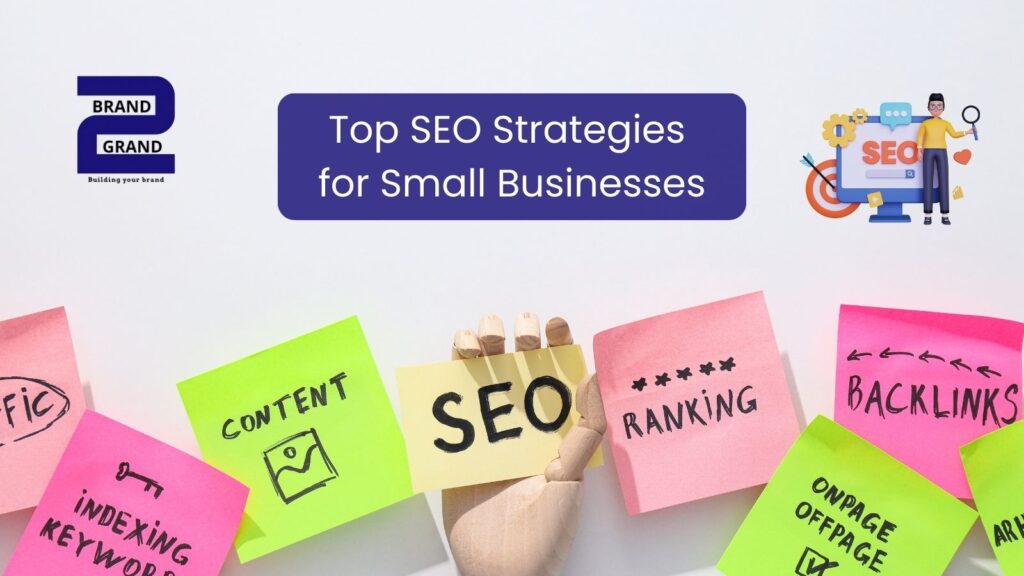
In today’s digital landscape, having a strong online presence is crucial for small businesses. Whether you’re running a local café, a boutique store, or a service-based business, SEO (Search Engine Optimization) can help you attract potential customers and compete with larger brands. If you’re looking to enhance your website’s visibility, here are some top SEO […]
Brand2Grand: The Go-To SEO Company in Gurgaon for Tailored SEO Solutions
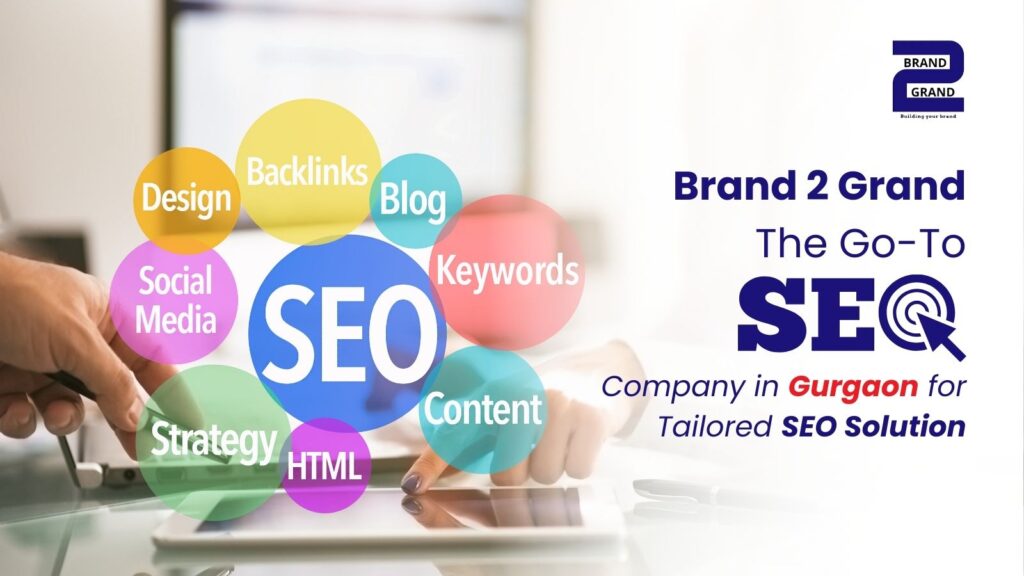
In today’s digital world, businesses need a strong online presence to stay ahead of the competition. Whether you run a startup, a local business, or a large enterprise, search engine optimization (SEO) is crucial for driving organic traffic and increasing brand visibility. If you are searching for the best SEO company to enhance your online […]
The Future of SEO: Voice Search & AI in 2025
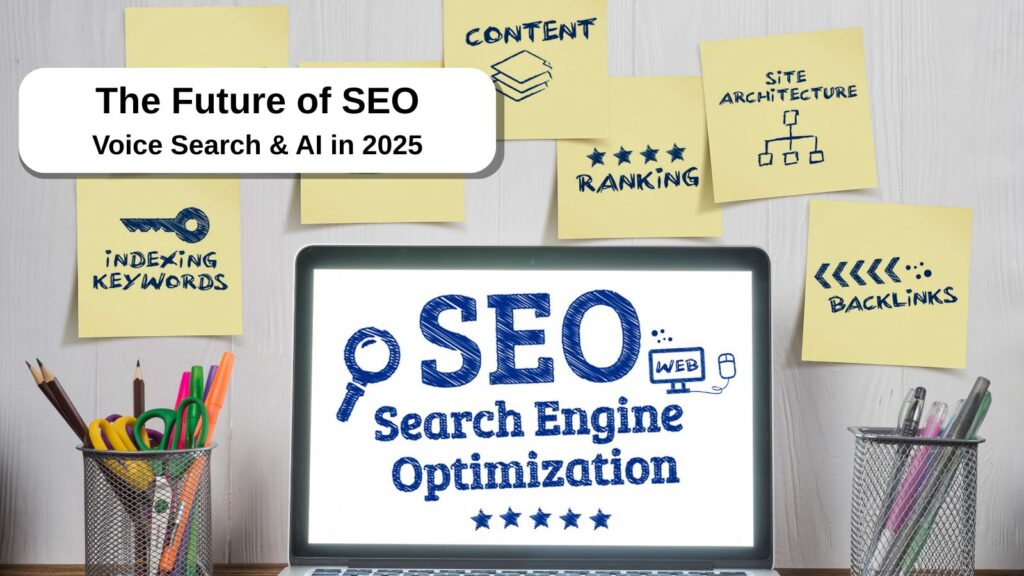
Search Engine Optimization (SEO) is evolving rapidly, and 2025 is shaping up to be a game-changer. The rise of voice search and artificial intelligence (AI) is transforming how businesses approach digital visibility. Companies that adapt to these changes will have a significant advantage in staying ahead of the competition. If you’re looking for the best […]
Choosing the Right PPC Platform for Your Business
In the world of digital marketing, Pay-Per-Click (PPC) advertising has become a cornerstone strategy for businesses looking to drive targeted traffic and increase conversions. However, one of the biggest decisions businesses face is choosing the right PPC platform. Should you invest in Google Ads, which dominates search engine advertising, or focus on social media advertising, […]
Navigating the World of Website Development: A Guide by Brand 2 Grand Promotions Pvt Ltd
In the current digital era, a company’s ability to succeed depends on its online presence. Regardless of the size of your company—startup, small, or large—your website acts as the online representation of your brand. It is the location where prospective clients may contact you, make purchases, and discover more about your goods and services. However, […]
Search Engine Optimization Tips For Online Business Owners
A clear understanding of search engine optimization or SEO is a fundemental step in remaining competitive in the digital market. In fact, no matter how much time effort and amazing content you apply to your businesses website, if your website does not dependably come up in a search you’re basically invisible. Here are a few […]
Unraveling The Mystery Of SEO For Your Business Needs
Today, a lot of people are interested in what search engine optimization is and how it can benefit you’re web pages. Yet, a lot of people are hesitant towards using search engine optimization for themselves. If you want to learn more about how you can use search engine optimization, then this article serves as a […]
